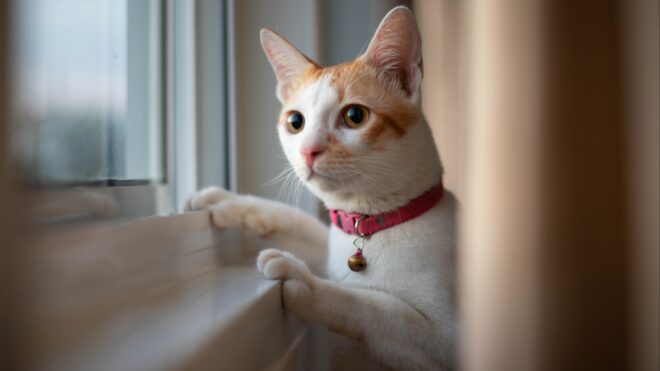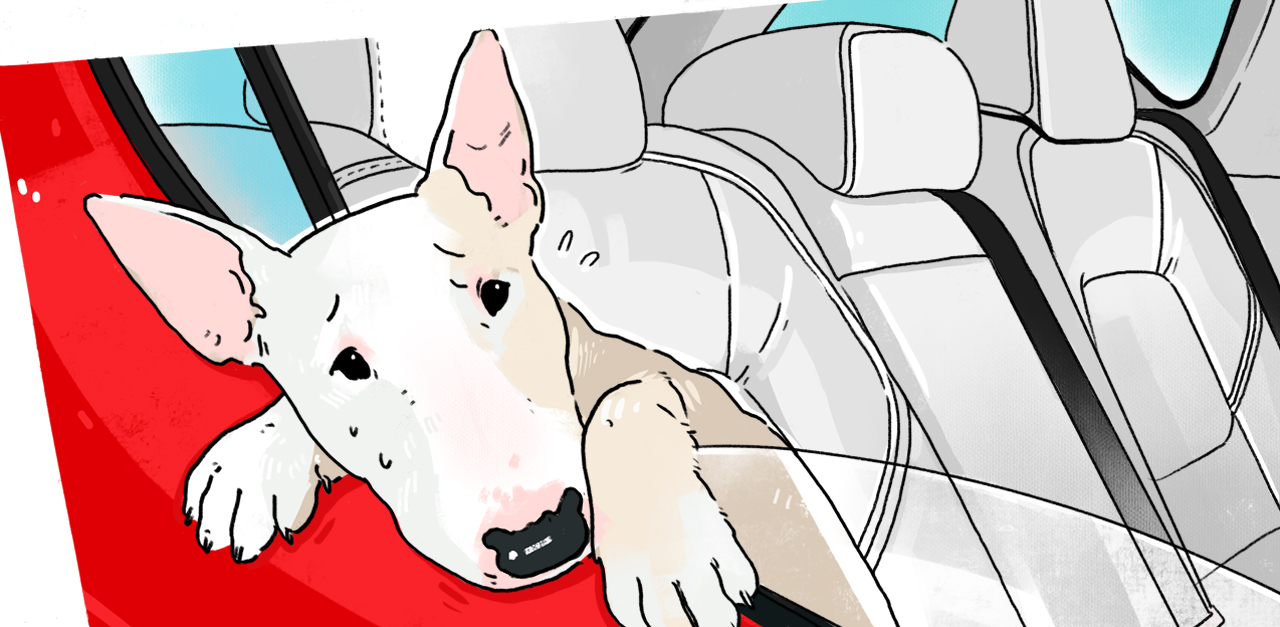
When you get a puppy, you probably imagine car rides as something that your new dog will eagerly look forward to. Perhaps you even have plans to enjoy long road trips with your pup and are excited for the spontaneous adventures that you can embark on with your animal bestie. But unfortunately, just like humans, some dogs suffer from carsickness, which can make even short drives to the local dog park difficult.
If you find yourself dealing with a puke-y puppy or a dog that (eek) can’t control his bowels while in the car, don’t fret. There are ways to help young pups become more comfortable and adjust to the bumpy conditions so that they'll eventually look forward to both short drives and long road trips together.
From preventing the issue before it begins to desensitizing your dog to road-trip conditions, considering treatments that your vet suggests, and trying home remedies, read on to find out how you can deal with a carsick puppy.
Signs and Symptoms of Puppy Carsickness
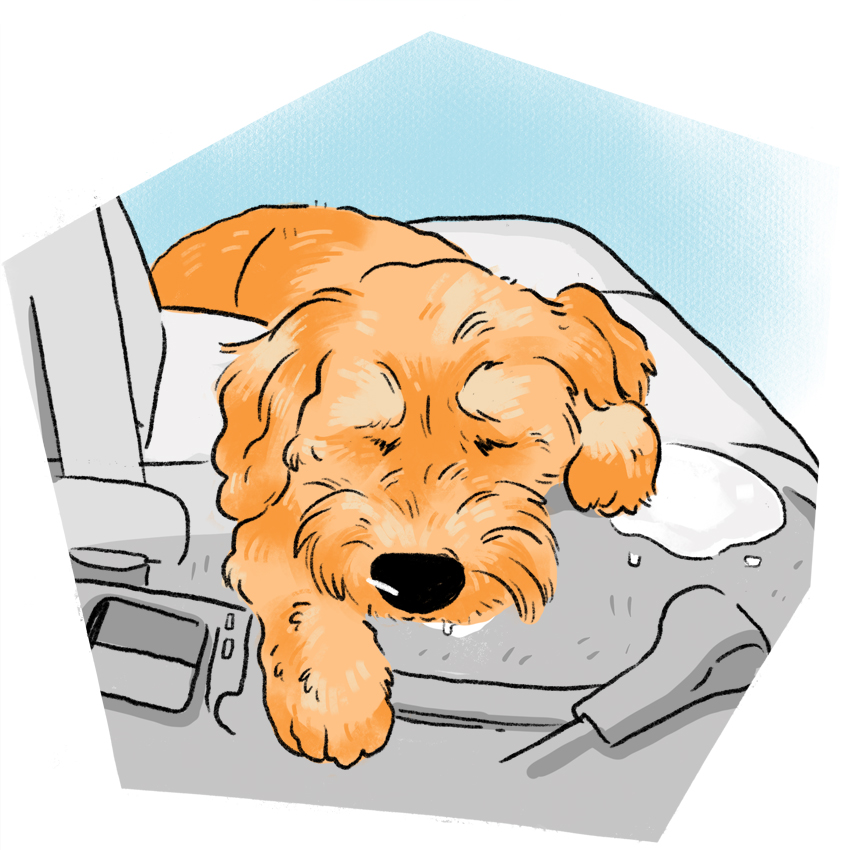
If your dog isn’t feeling well in the car, he might be suffering from motion sickness. In that case, you’ll most likely notice signs and symptoms like pacing, whining, excessive drooling, vomiting, and diarrhea. Your puppy might also end up lethargic and inactive.
Anxiety could be another cause for your puppy’s sickness, which can lead to behavior and symptoms such as whining, drooling, shaking, and urinating or pooping inside the car.
Possible Causes of Puppy Carsickness
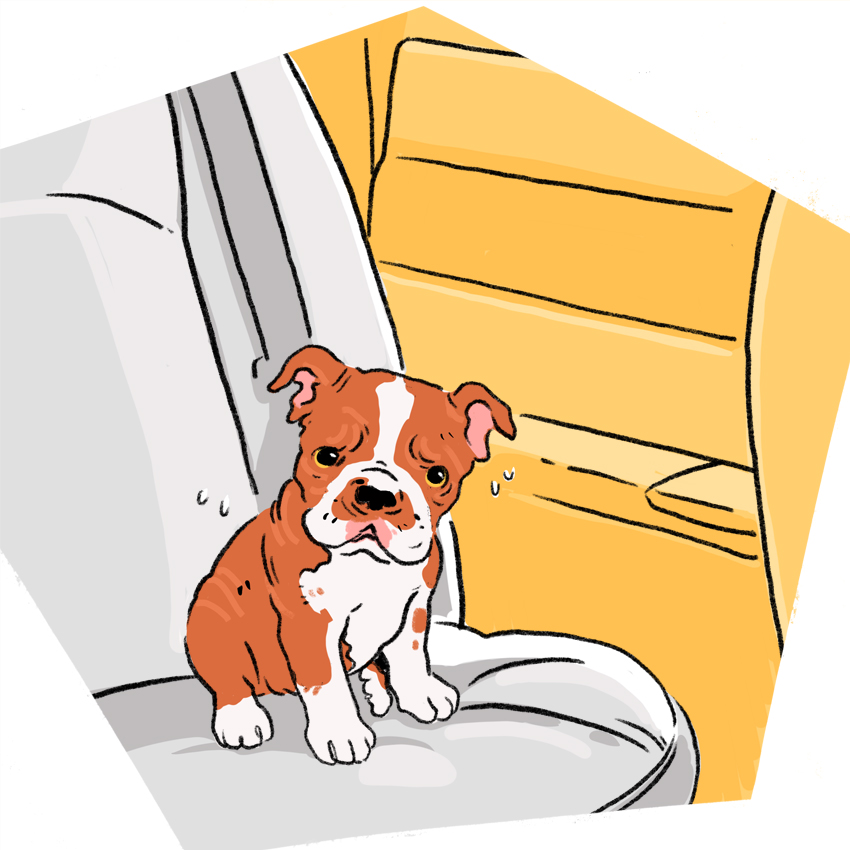
One reason your puppy might be feeling unwell while on the road is due to motion sickness caused by the sensation of being unbalanced in the car. The fast and dizzying effect of a moving vehicle can make your pup nauseous and lead to vomiting or excessive drooling.
Car-related anxiety can also be making your puppy sick, especially since the first few car trips your pup has been on were more than likely to the vet’s office for vaccinations and checkups. These trips may have been stressful, and if your dog is now associating a car ride with a possible needle, that could be the cause of some uneasiness when it comes to going for a drive.
Prevention
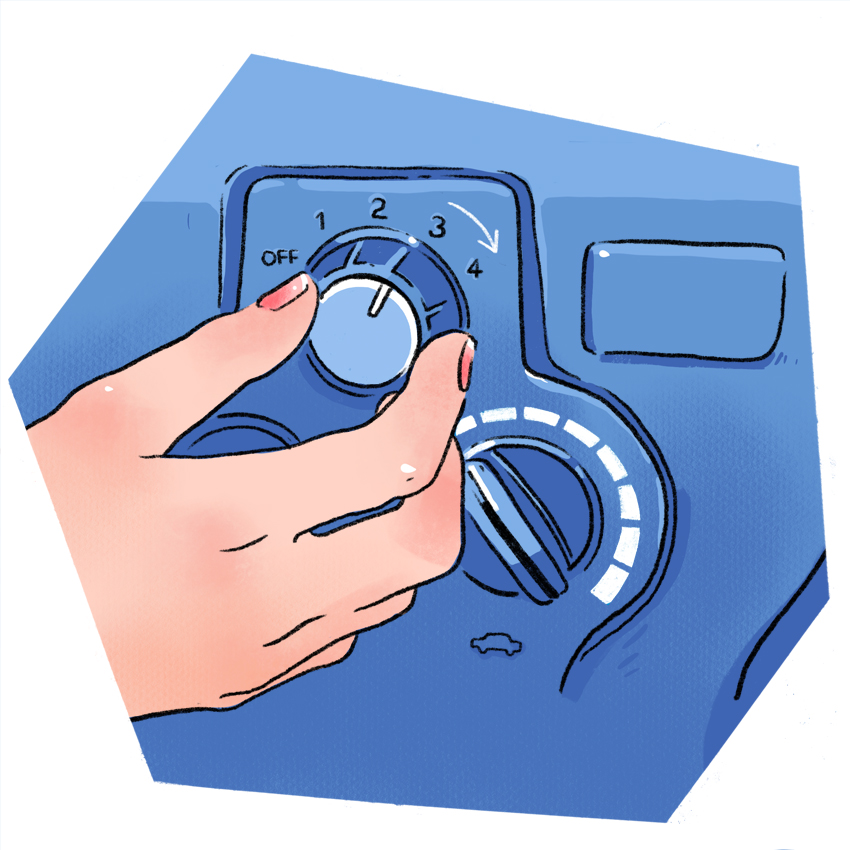
It’s best to get puppies comfortable with being in and around vehicles early in their life.
Playing fun rolling games with your pet on a carpet or in the soft grass can help them get used to the unbalanced feeling of a moving vehicle. Use a happy and playful voice during your rolling games to help your pup associate the motion with a positive response.
You can also do things to make your vehicle more comfortable for your pet, like turning on the air conditioning to keep the inside cool or bringing along something that comforts your pet, like a toy or favorite blanket.
Desensitizing Your Puppy to the Car
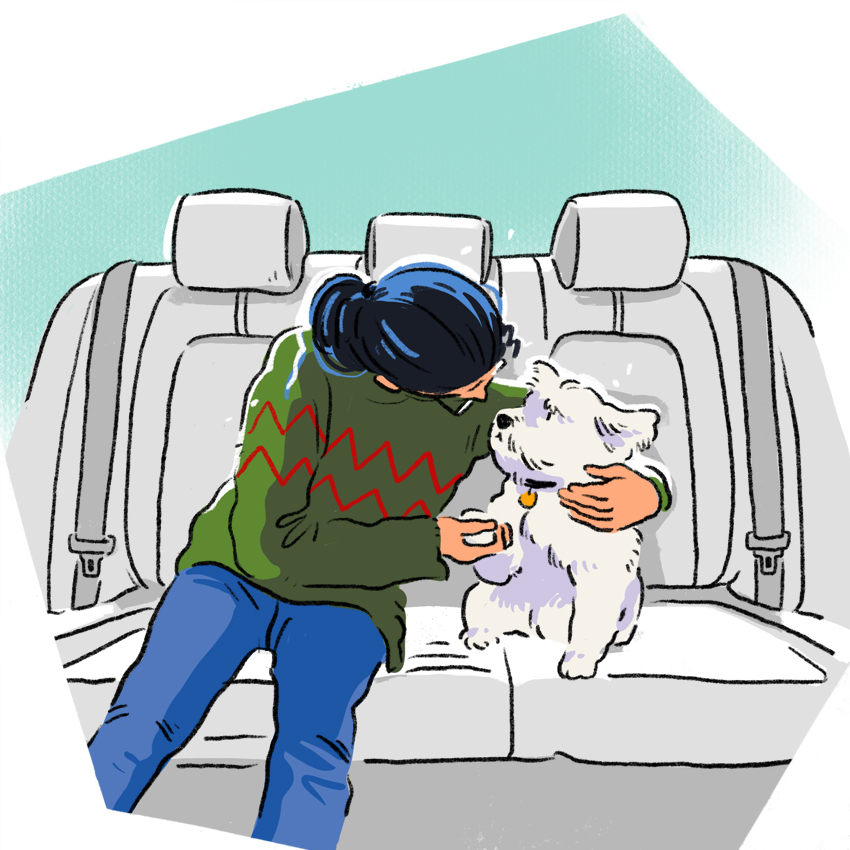
Let’s be honest: Riding in a car can be scary for young pups. Cars are bumpy, fast, and loud, and this can cause some serious hesitation on the part of the animals riding in them. For puppies who are particularly nervous around cars, it helps to slowly desensitize them to riding in the vehicles.
Start by walking your pup up to the car and letting him “meet” the vehicle like he would another dog. Let puppy sniff around and get used to the size and smell of your car, van, or truck. After your pup is comfortable with that step, you can move on to sitting in the car with the engine turned off. Your puppy will be curious about the new surroundings, so let him sniff around and explore. After that, you can try sitting in the vehicle while the engine is running. Talk softly and calmly to your pup, who will be looking to you for support and reassurance.
Take your time throughout the process. If your puppy is still resistant, then try repeating all the steps, but this time offer treats or a small amount of dog food to help your puppy throughout each stage.
Start With Short Car Trips
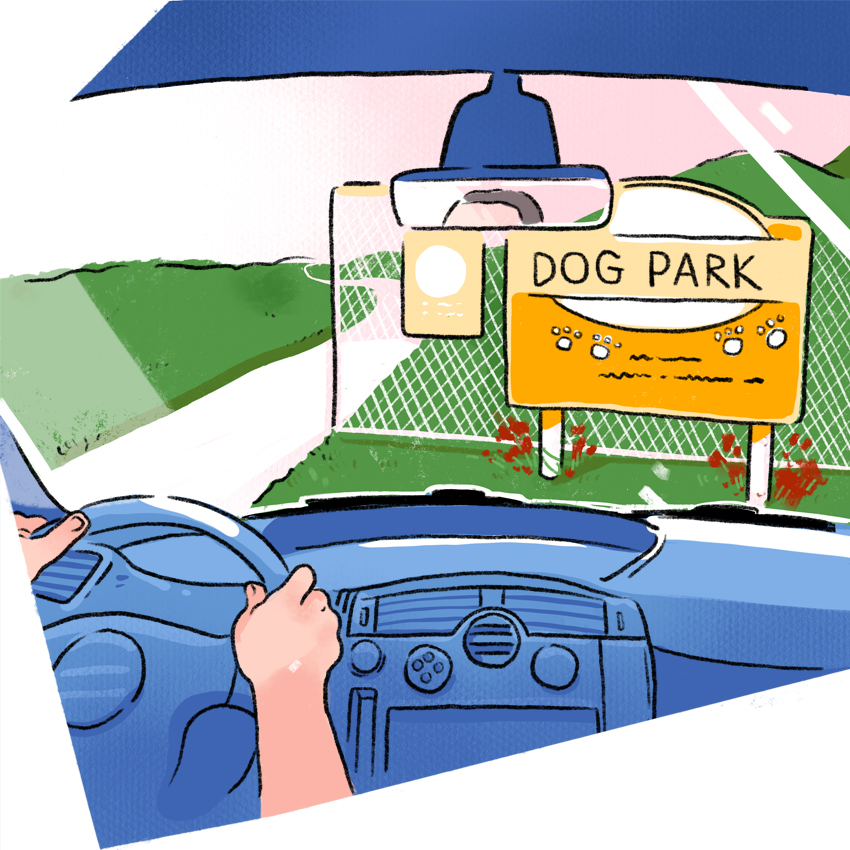
Once your puppy has overcome his nerves and he's sitting pretty in a running car, it’s time to try some short trips. With your pup harnessed or in a safe spot in the car, you can start with a short spin around the block. Keep your tone of voice positive, and praise your puppy while you drive.
When you have mastered cruises around the block, expand to trips around the neighborhood, then work your way up to the closest dog park. At the end of each ride, reward your puppy with either a treat or playtime. This helps establish a positive association with your car trips.
Work Your Way Up to Longer Car Trips

Once your puppy is comfortable with shorter rides, slowly increase the time to get him used to longer periods in the car. Adding 15 minutes to each ride will help your pup adjust to extended stretches in the car. If you’re out on a longer road trip, remember to take a break every hour and a half to two hours (possibly less for younger pups) so your dog can stretch his legs and relieve himself. Make sure his leash is on before you open the door, because your pup could become excited and run off.
Have Your Puppy Sit Near the Front of the Car
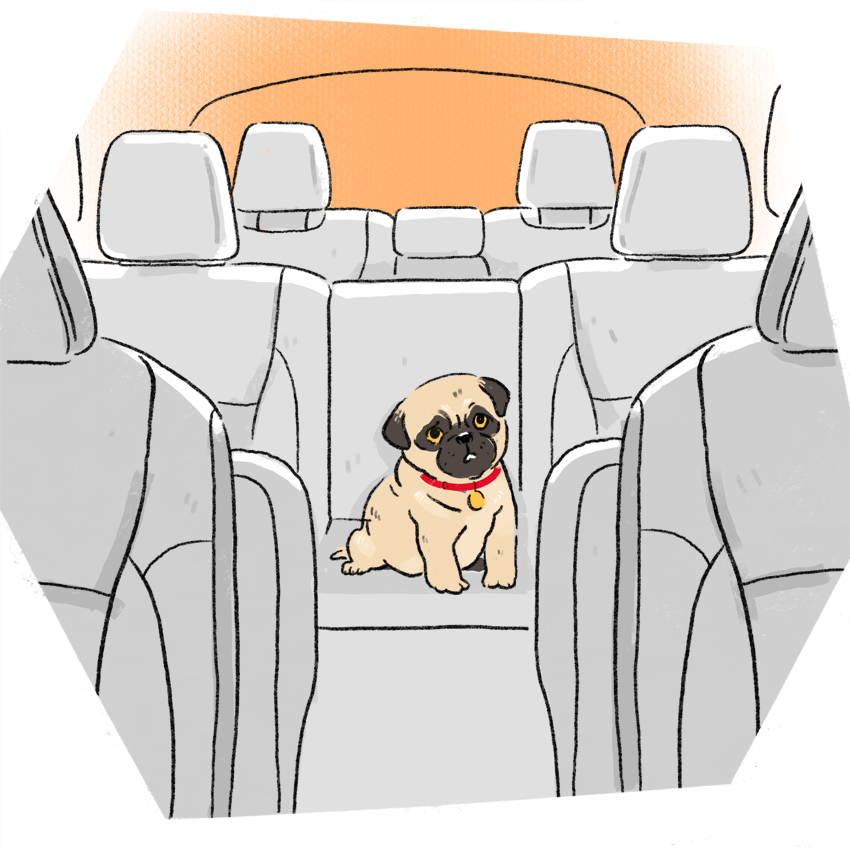
Your pup is curious, and a fast-moving car provides a lot of stimulation. However, it’s important to have your puppy sitting in a spot where the whizzing world outside the car won’t turn his stomach. Looking out the side windows could make your puppy feel unbalanced and nauseous because it doesn’t mimic a normal forward motion. If you can, put your dog closer to the front of the car, near the middle of the back seat, which helps to keep his focus out the front window. Using a harness can also help keep your puppy facing forward while ensuring he is safe.
Don’t Feed Your Puppy Right Before a Car Ride
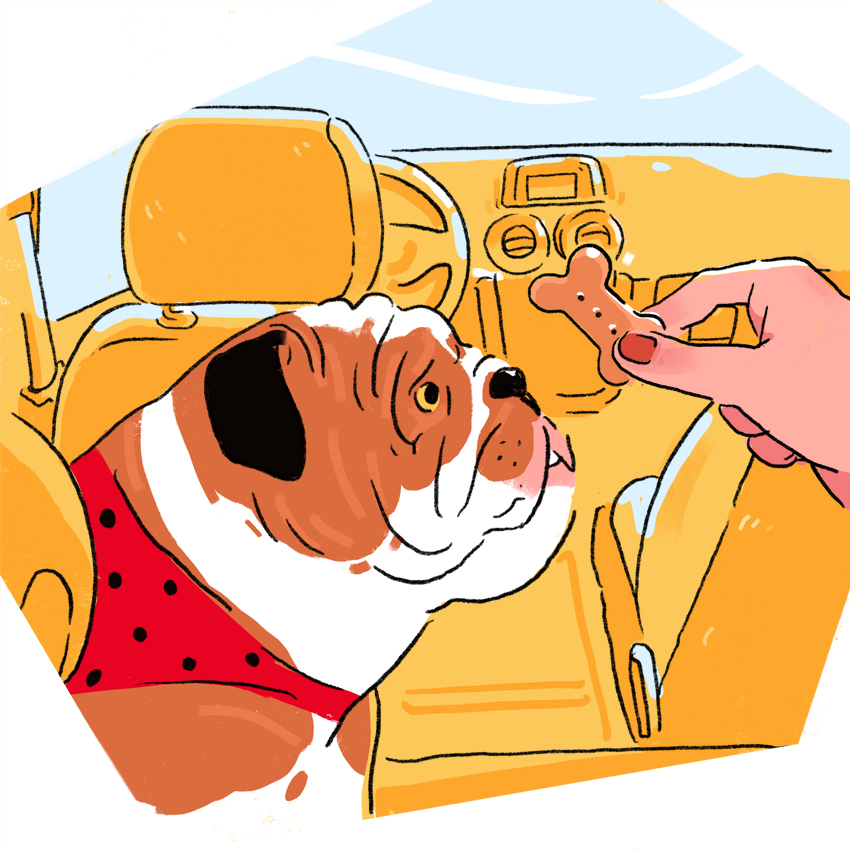
To help fight any nausea your puppy might experience while on a car ride, it’s a good idea to make sure he hasn't eaten a big meal right before a trip. Not only will this help prevent queasiness, but if your puppy does happen to get sick in the car, the cleanup will (hopefully) be easier than if your pup had been riding with a belly full of kibble.
Reward Your Puppy After Every Car Trip
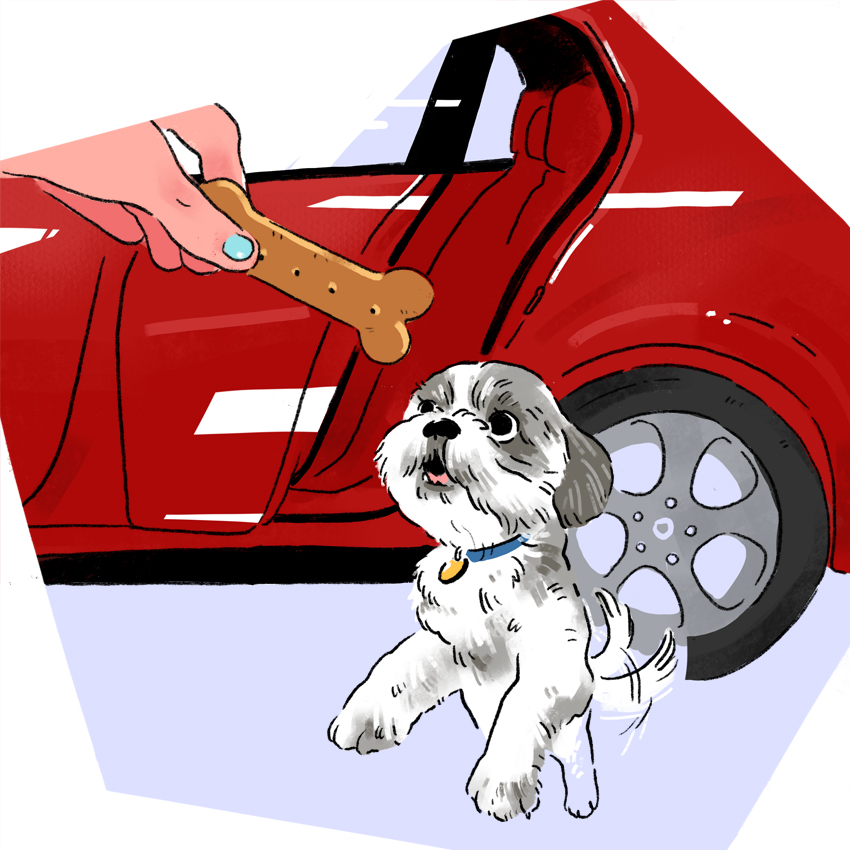
To make car rides a positive experience for your pup, it’s a good idea to reward him for each trip. A small treat, a nice walk, or a bit of playtime before or after a car ride will help your puppy associate going for a drive with something he loves and will make him eager for your next outing.
When to See the Vet
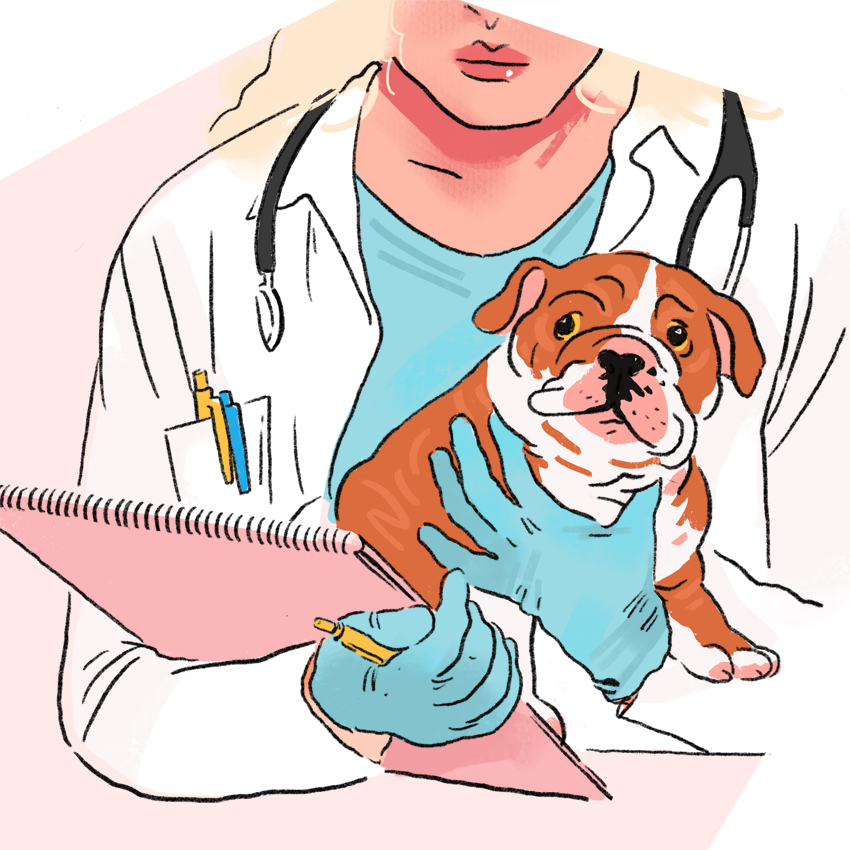
Most dogs who have had the kind of training and desensitizing described here can avoid or overcome the effects of motion sickness. However, if your puppy is not taking well to car rides or if you have any concerns, then you should talk to your vet.
If nothing you have tried is working out, then ask your vet to recommend some other techniques or treatments. Even if you research on your own and find a plan of action for getting rid of your puppy’s nausea, it's still a good idea to run it by the pet pro so that you can be sure it’s the best option for your dog.
Medication
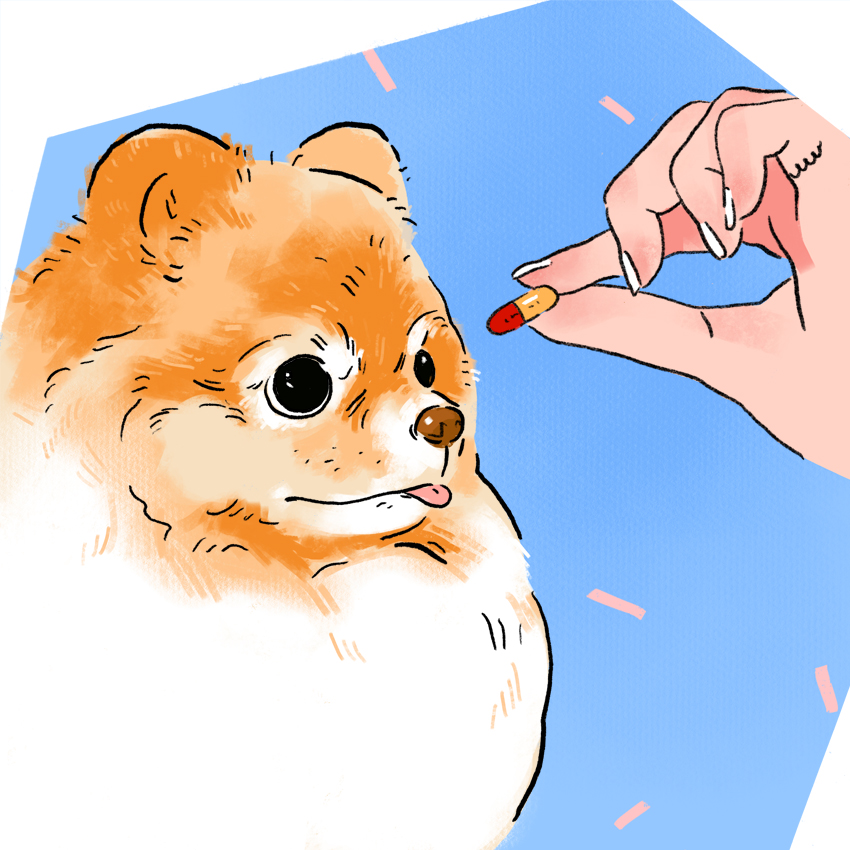
If you think it might be time to consider medication to help with your puppy’s motion sickness or car-related anxiety, always check in with your veterinarian first. Your pup might react poorly to certain treatments if he's suffering from organ problems or other illnesses.
However, if your vet does think that medication is the way to go, she might suggest over-the-counter antihistamines such as Benadryl or Dramamine. For puppies who require something a little more specialized, there are also prescription options such as acepromazine, which has a sedative effect, and Cerenia, which is a powerful antinauseant.
Home Remedies
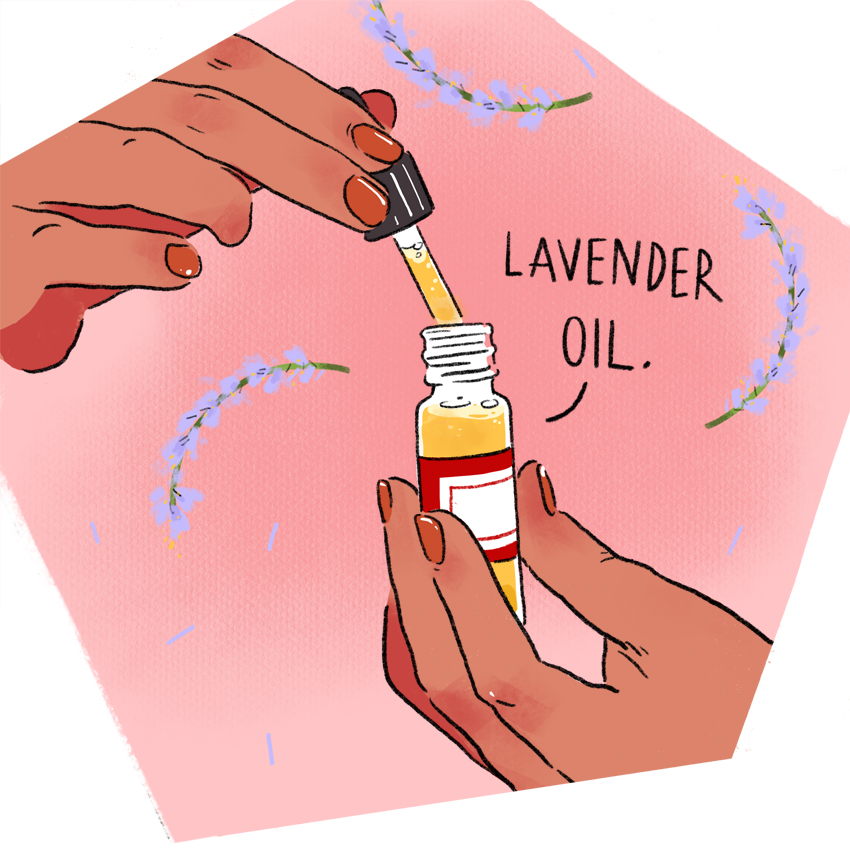
When deciding to go with home remedies to conquer your puppy’s motion sickness or anxiety, you should first consult your veterinarian to be safe, just as you would with over-the-counter and prescription medications.
You might want to ask your vet's thoughts on a study by the American Veterinary Medical Association that found lavender aromatherapy can help dogs relax before car trips. Your vet might also be able to give a little professional advice about ginger or homeopathic remedies like cocculus indicus that reportedly can help fight off doggy nausea.
Puppy Car Safety Tips
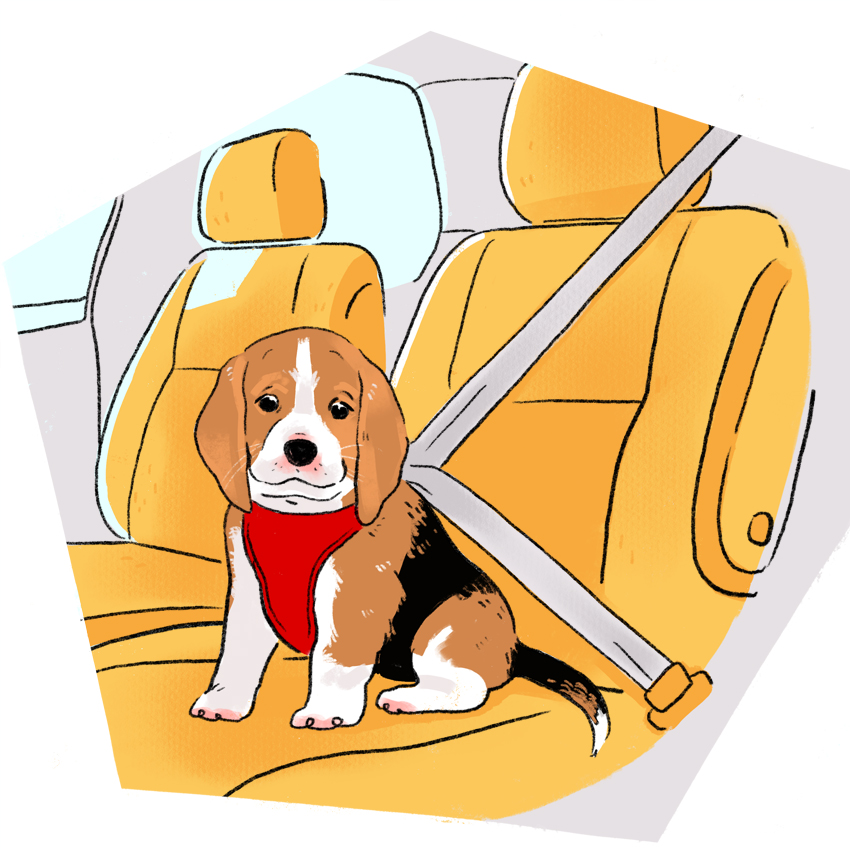
Your puppy is special and should be treated with the same care as a baby or small child when in the car. Whether it’s a short trip to the local dog park or a lengthy trek to a vacation cottage, you should always make sure your pup is safe while traveling in a vehicle.
As mentioned, your dog should sit close to the front of the car, near the middle of the back seat. It's never a good idea to have your pup sit in the front seat of the car because it can be a major distraction for you while driving. It can also be incredibly dangerous for your dog; the explosive force of an airbag could kill your pet if you were in an accident.
A proper harness can also help to ensure that your dog is secure and stays facing forward.
While driving, the car windows should be open a few inches to allow for cool airflow, which will keep your dog from overheating. However, never open your window wide enough so that your puppy can fit his head out. If overstimulated or panicked, your dog could jump out the window, causing serious injury or even death.
Be Patient With Your Puppy
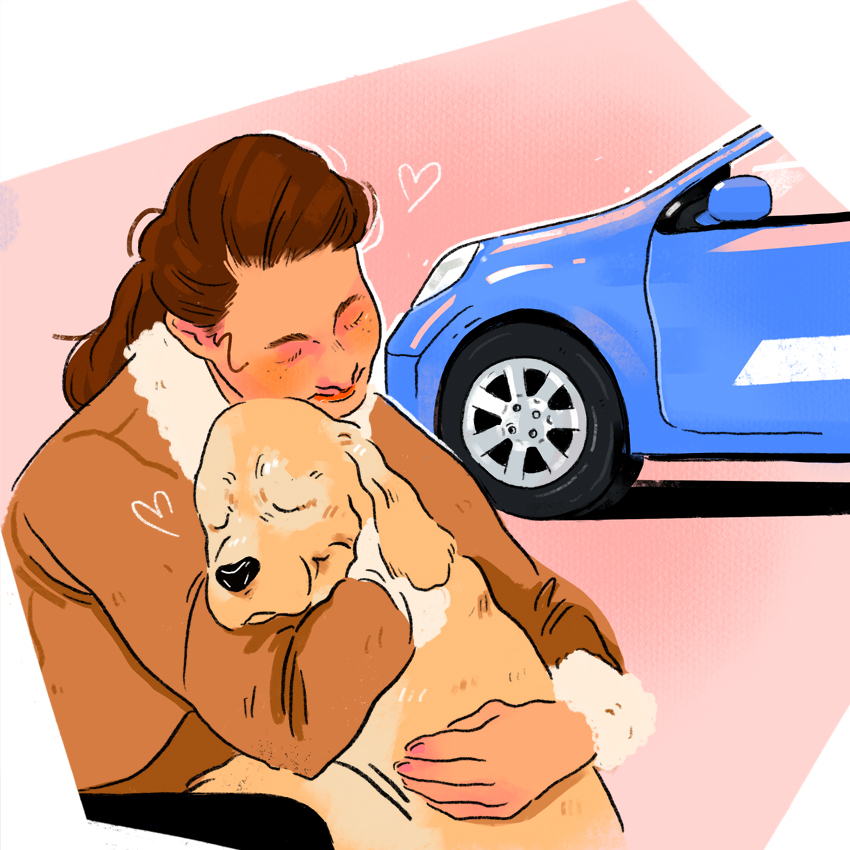
Helping your puppy overcome motion sickness or car anxiety can be a repetitive and trying process — and let's face it, cleaning up back seat accidents isn’t anyone's idea of a good time! But if you show your beloved pet patience and positivity (and keep those wet wipes close by), then you’ll eventually make progress with your puke-y pup.
Throughout the process, offer your puppy plenty of positive reinforcement to let him know that you’re there for him and will keep him happy and safe. And if you’re feeling overwhelmed, take some time for yourself, and don’t hesitate to reach out to your vet for help.


